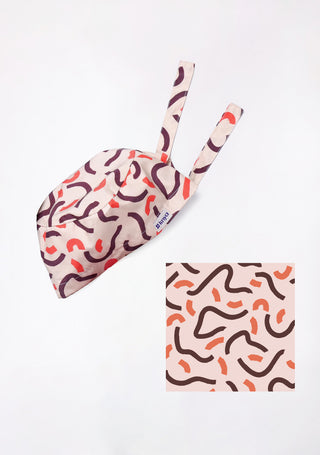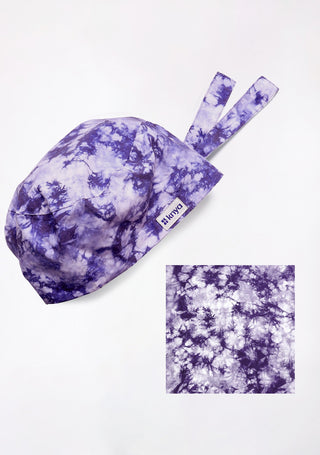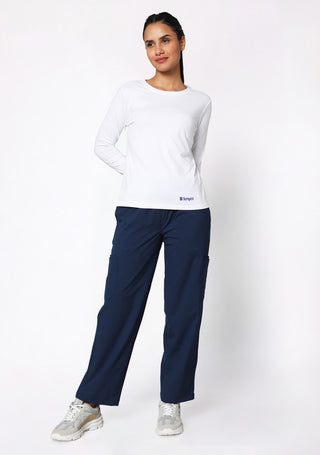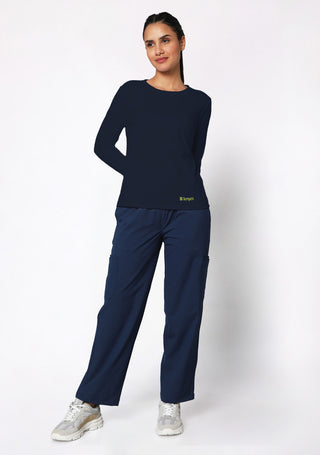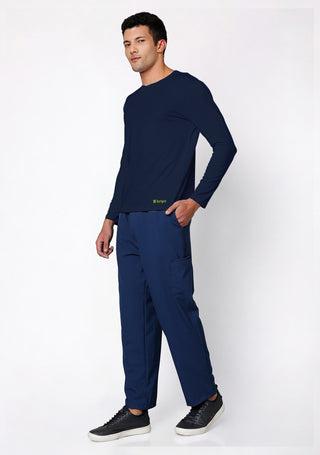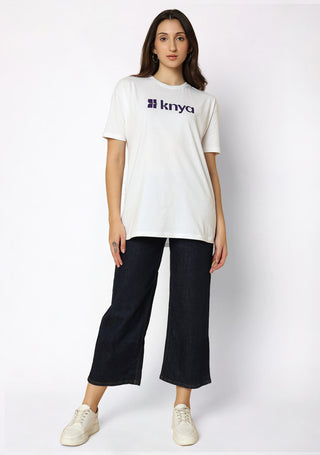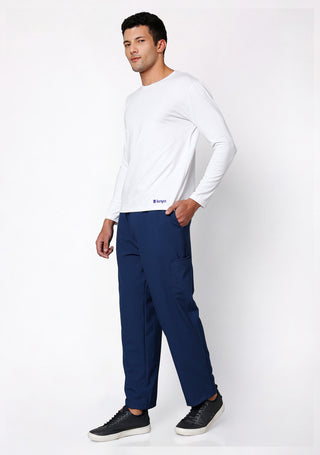Nurse uniforms are standard clothing worn in healthcare settings. These uniforms are part of the daily routine in hospitals, clinics, and care centers. They help in maintaining hygiene, safety, and identification. A well-designed uniform supports smooth working and clear communication. Selecting the right nurse uniform includes checking its design, fabric, and performance.
Ready to explore our amazing scrubs collection? Browse the best here
Comfort in Nurse Uniforms
Comfort helps in performing long duties. Nurses often work for many hours without long breaks. The uniform must allow free movement. Breathable fabric is good for controlling body heat. Cotton or cotton blends are common choices.
Some uniforms include flexible materials like spandex blends. These allow stretching and bending without stress. Stitching and seam lines also matter. Bad seams can cause discomfort or skin marks. Correct size and shape help in easy body movement and reduce the need for constant adjustment.
Knya makes uniforms from soft and breathable materials. The fabric feels light and stays firm after many washes. Knya uniforms come in proper sizes and cuts that match work conditions.
Functionality in Nurse Uniforms
Nurse uniforms are also tools for better working. A functional uniform gives easy access to work items. Pockets in good positions carry thermometers, pens, scissors, and phones. Strong pockets stay in place even after daily use.
The fabric must be long-lasting. Hospital uniforms face daily washing and stain exposure. Fabric that resists damage, fading, and shrinking works well. In some cases, the fabric may include antimicrobial qualities. This helps control bacteria and keep the area cleaner.
Customization also adds to function. Embroidered names or unit codes help in identifying team members. Knya offers uniforms with good stitching, smart pocket designs, and quality that holds through time.
Professionalism in Nurse Uniforms
Professional appearance is part of healthcare. Uniforms should be neat, clean, and well-shaped. First impressions often depend on the way staff look. Patients feel calm and confident when nurses look prepared.
Color plays a role. Light colors such as white, blue, and green are used for calmness and clarity. Hospitals often follow color rules for departments. This avoids confusion and improves teamwork.
Fit and condition also matter. Loose clothing may look careless. Tight clothing may limit movement. A clean, pressed uniform shows discipline. Knya makes uniforms that follow these guidelines and support a formal image.
Key Qualities of High-Quality Nurse Uniforms
1. Breathable Fabric
Cotton-blend fabric keeps air moving. This stops sweat from collecting. Breathable materials make long shifts less stressful.
2. Durability
Strong fabric handles regular washing. Color stays even after hot washes. Knya uniforms do not shrink or fade.
3. Stain Resistance
Healthcare uniforms often face spills. Knya fabrics are made to reduce stain marks and keep uniforms looking clean.
4. Wrinkle Resistance
Wrinkle-free clothing saves time. It also keeps the uniform looking smooth and proper throughout the shift.
5. Antimicrobial Features
Some Knya uniforms use fabrics with antimicrobial support. This can reduce the spread of bacteria during patient care.
6. Strong Stitching
Double stitching at high-pressure areas helps uniforms last longer. Knya uniforms use strong seams on pockets, sleeves, and shoulders.
Compression Support in Nurse Uniforms
Nurses often stand for long hours. This can cause swelling or pain. Compression features in pants or socks may help. Compression clothing improves blood flow and reduces leg pressure.
Knya offers uniforms with gentle compression support. These reduce muscle strain. The fabric still allows bending and sitting without tightness. Correct sizing is key in compression wear. Knya follows size charts for a snug but free feel.
Click here to explore comfortable lab coats and discover our complete collection of comfortable and stylish medical apparel
Sustainable Nurse Uniforms
Sustainability is part of modern healthcare uniforms. Some uniforms are made from recycled or eco-friendly materials. These uniforms reduce waste and pollution.
Knya also works toward sustainable fabric choices. Their designs match comfort and care while supporting long-term use. Uniforms made with sustainable materials still meet hospital standards for hygiene and use.
Conclusion
Nurse uniforms play a role in hospital life. They support movement, protect from germs, and present a clean image. Selecting a good uniform includes checking the fabric, design, and fit. Compression support and antimicrobial fabric are added features that help during long hours.
Professional look, proper pockets, and sustainable materials improve the use of uniforms. A good nurse uniform allows safe, clean, and smooth work without interruption. Knya designs uniforms that match these needs, keeping comfort and work conditions in balance.


